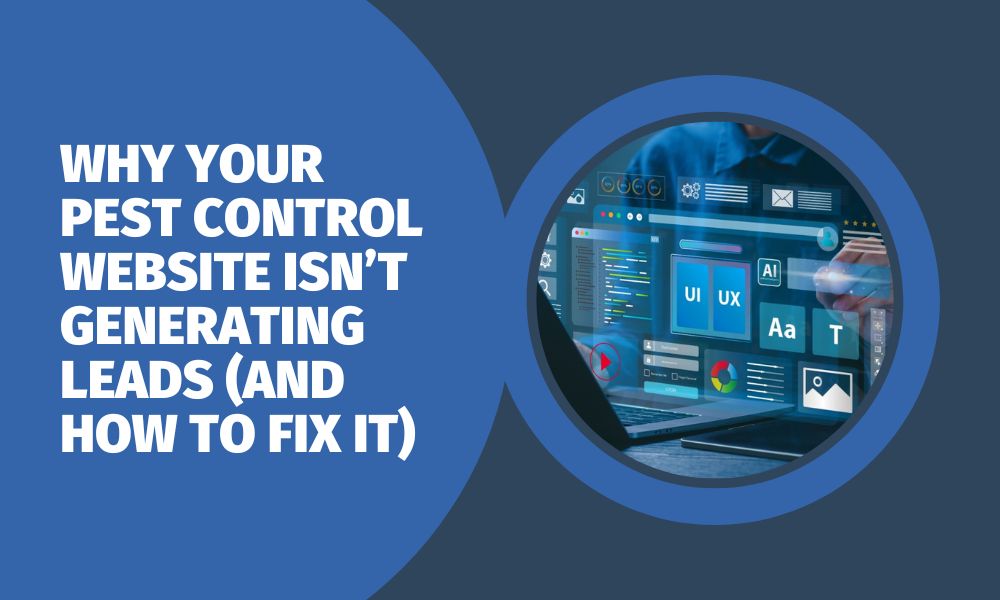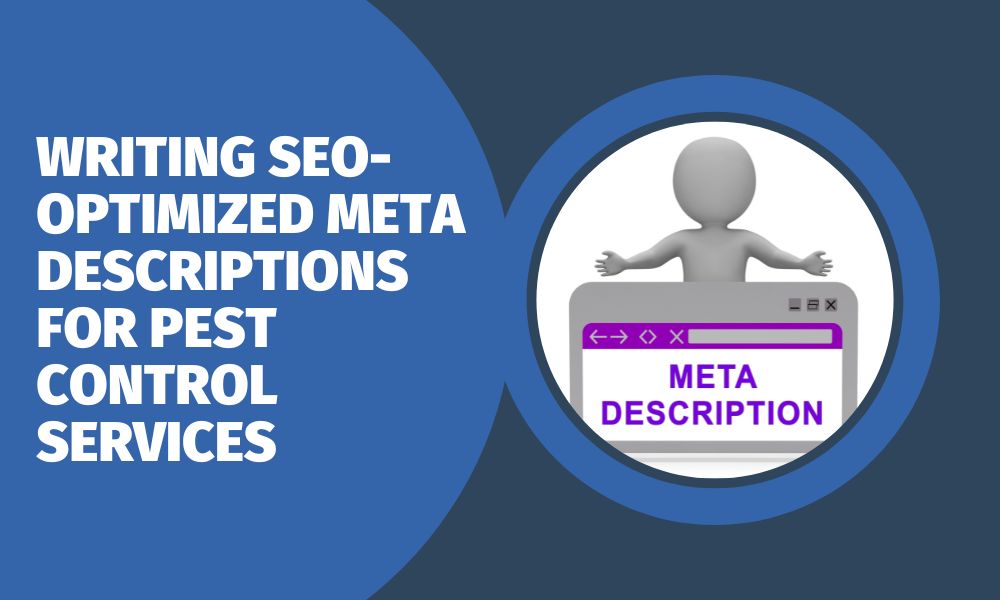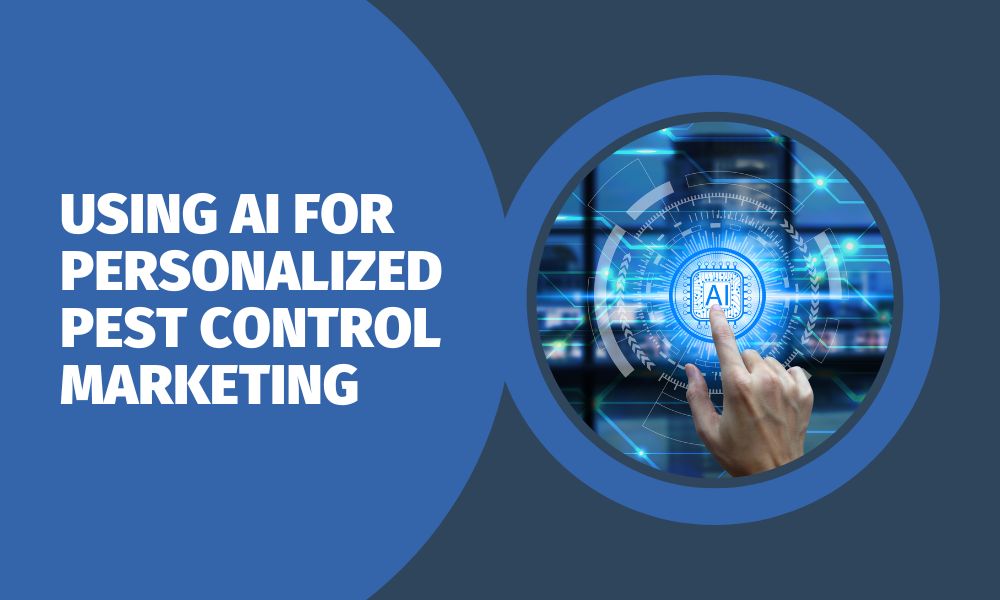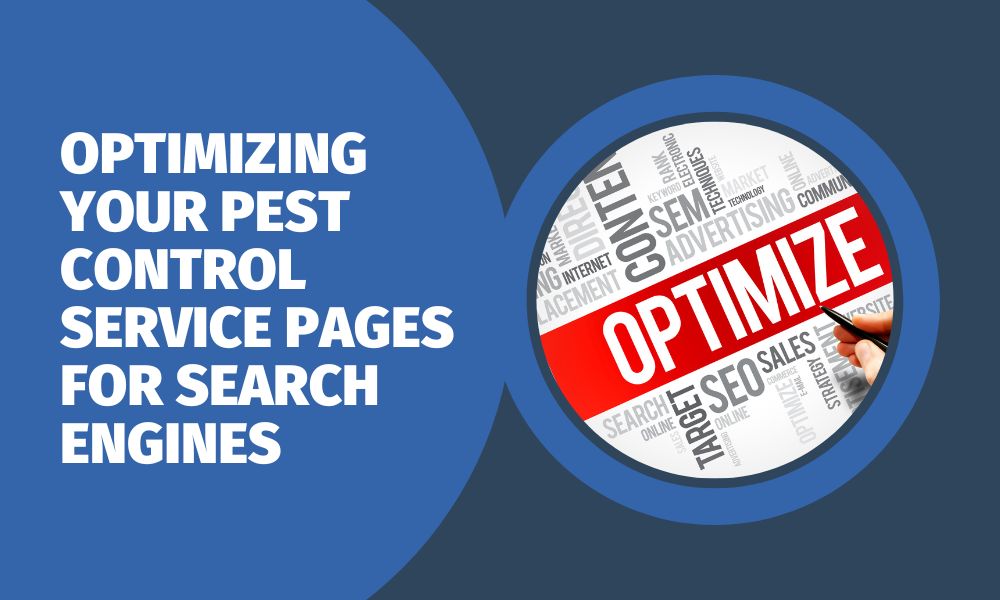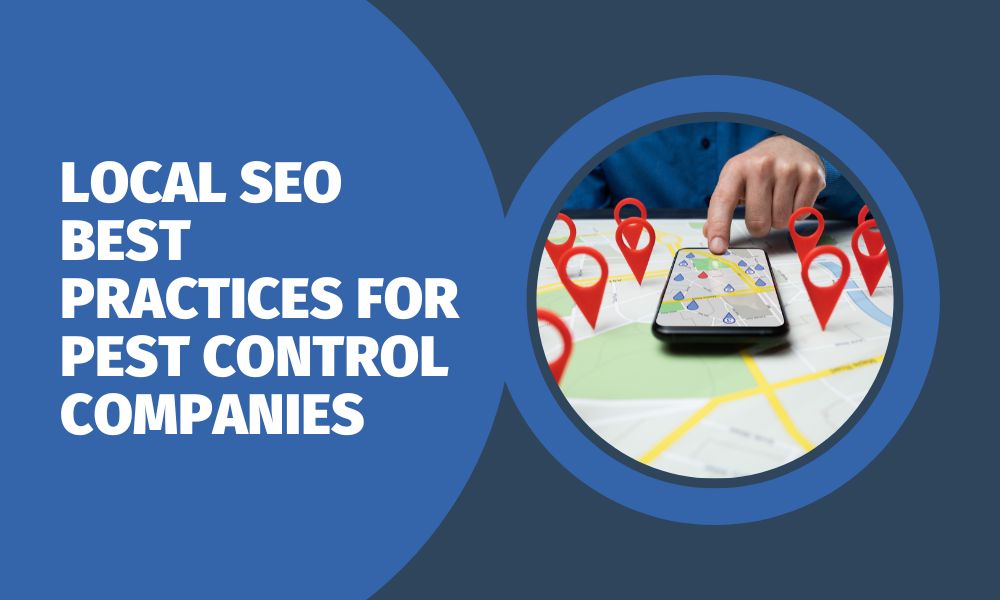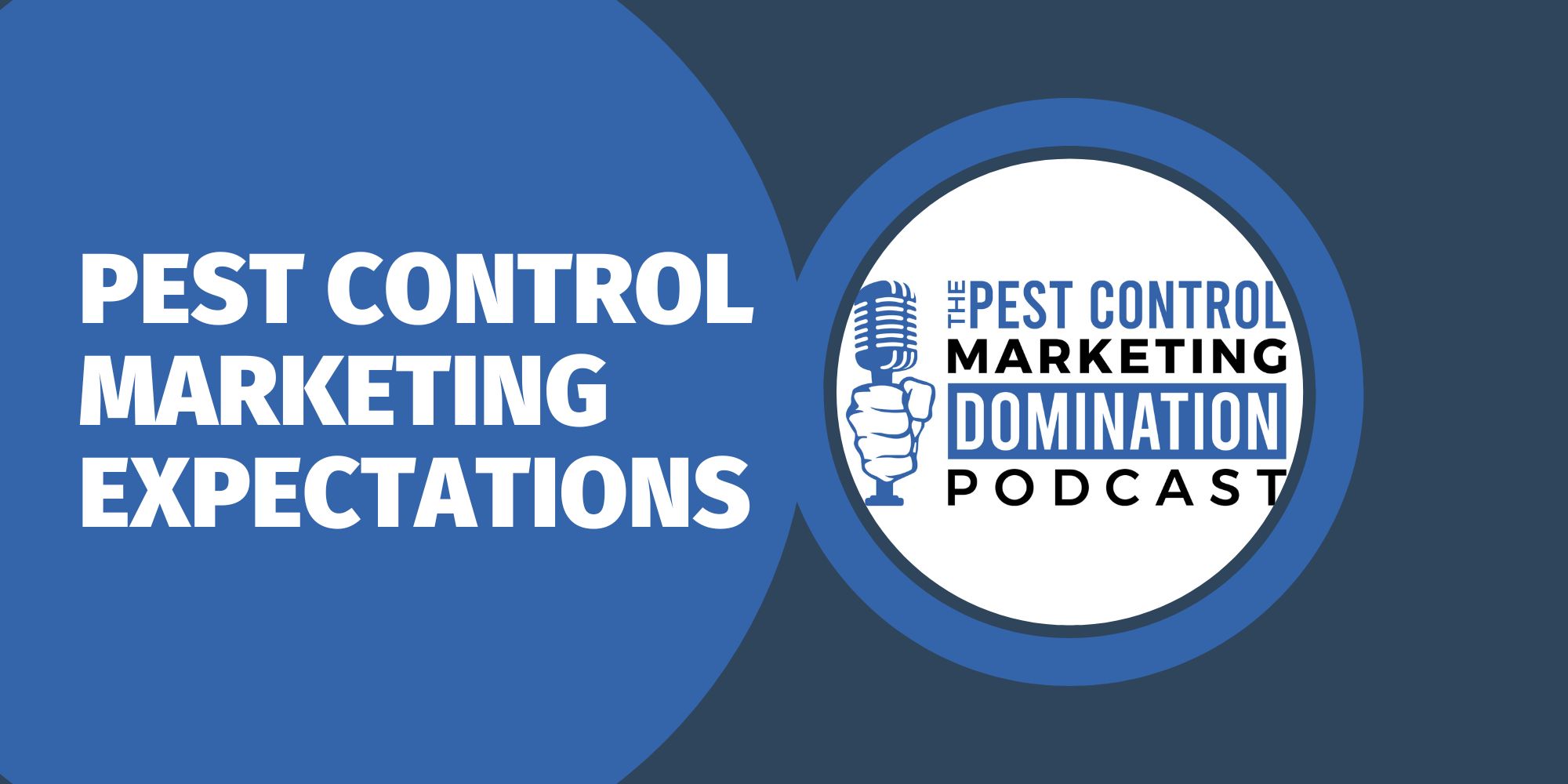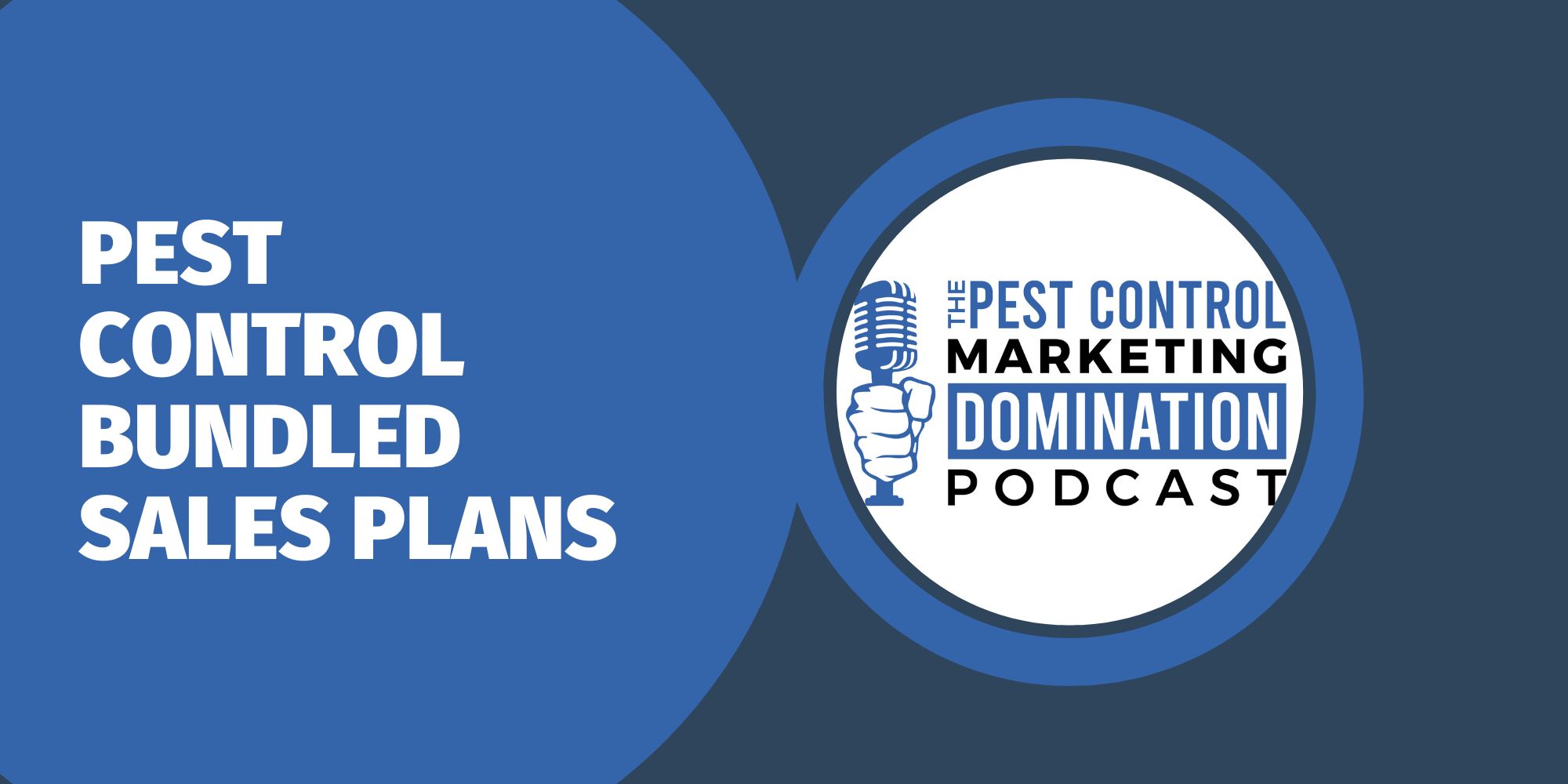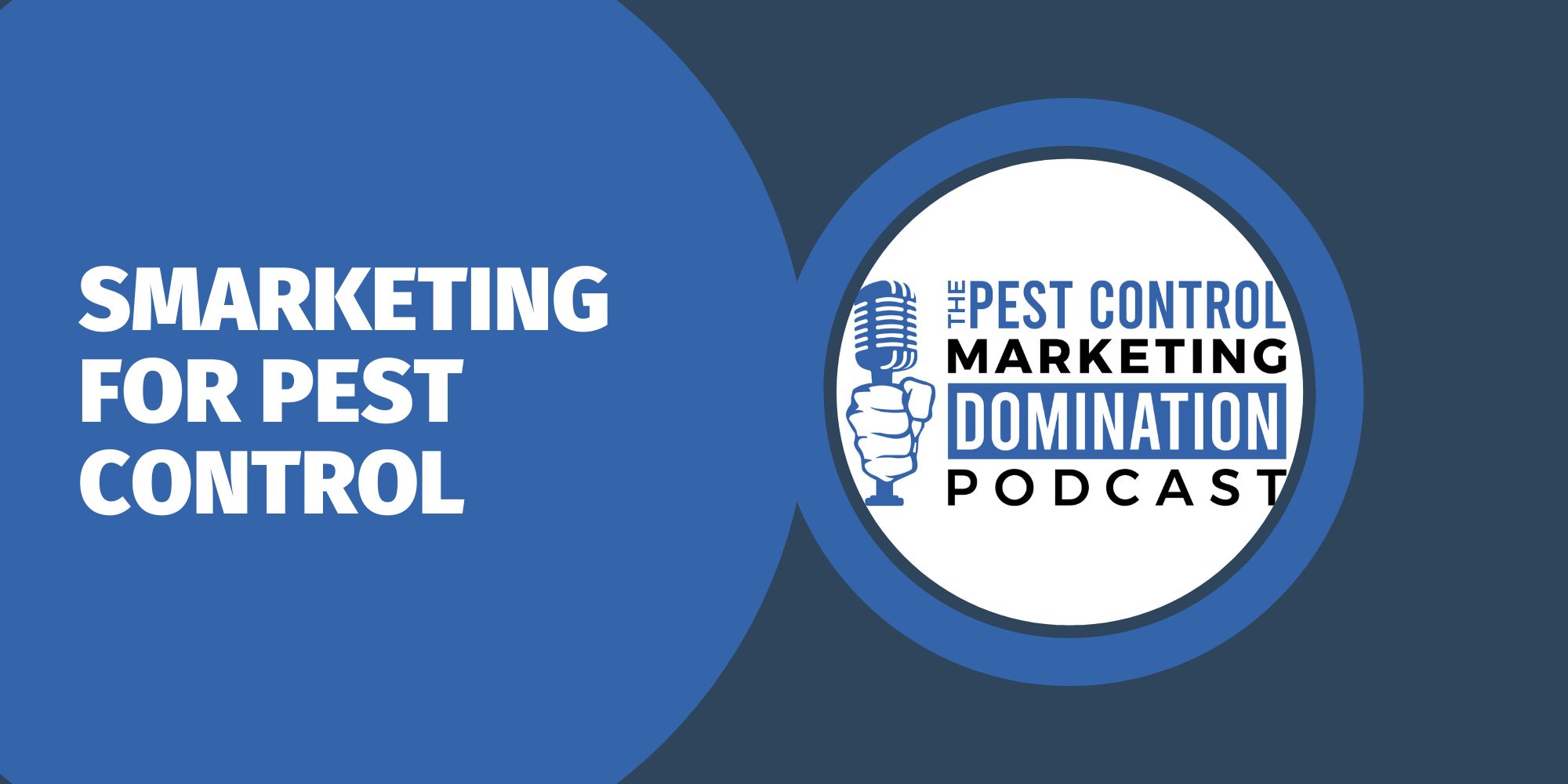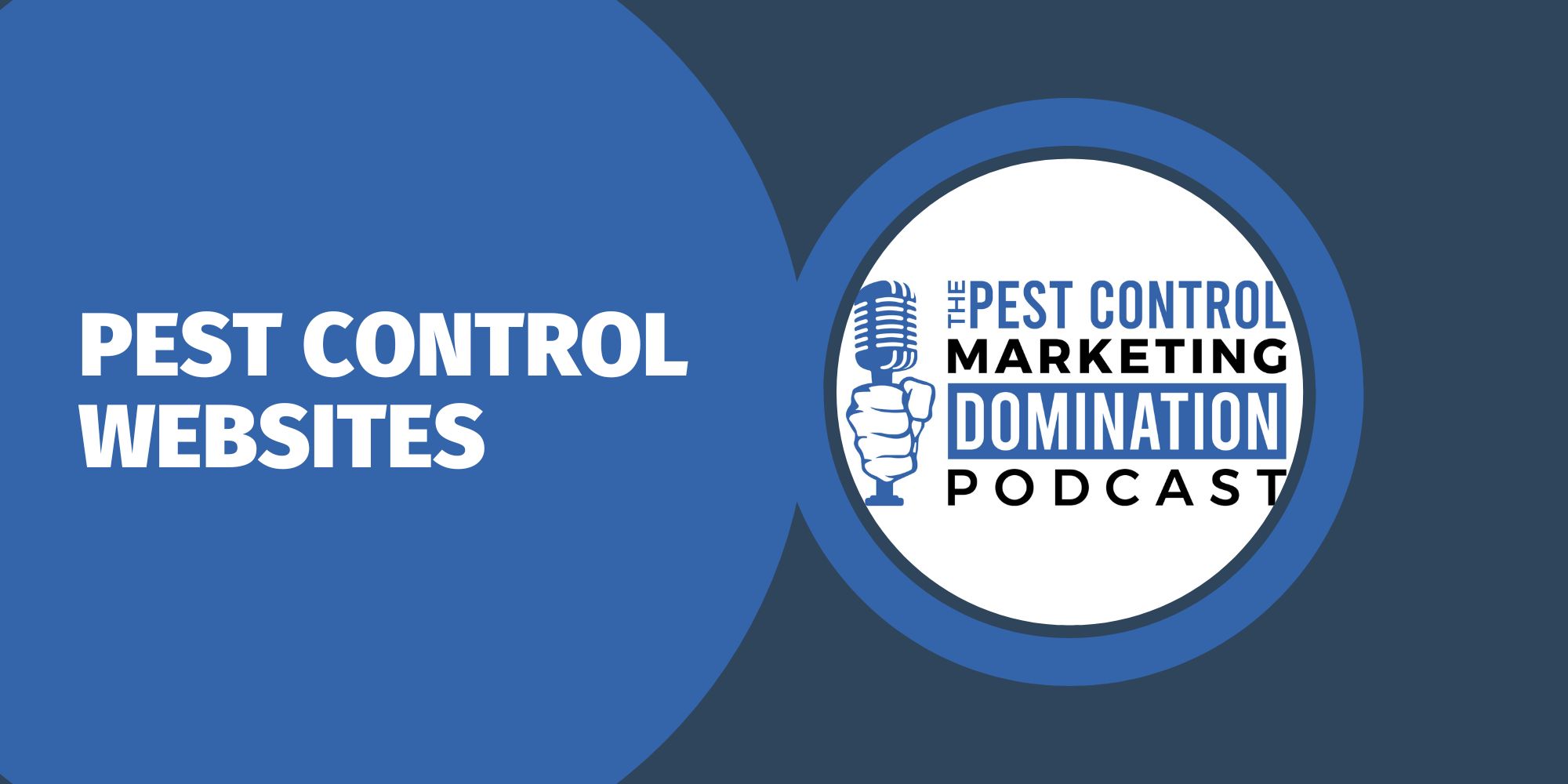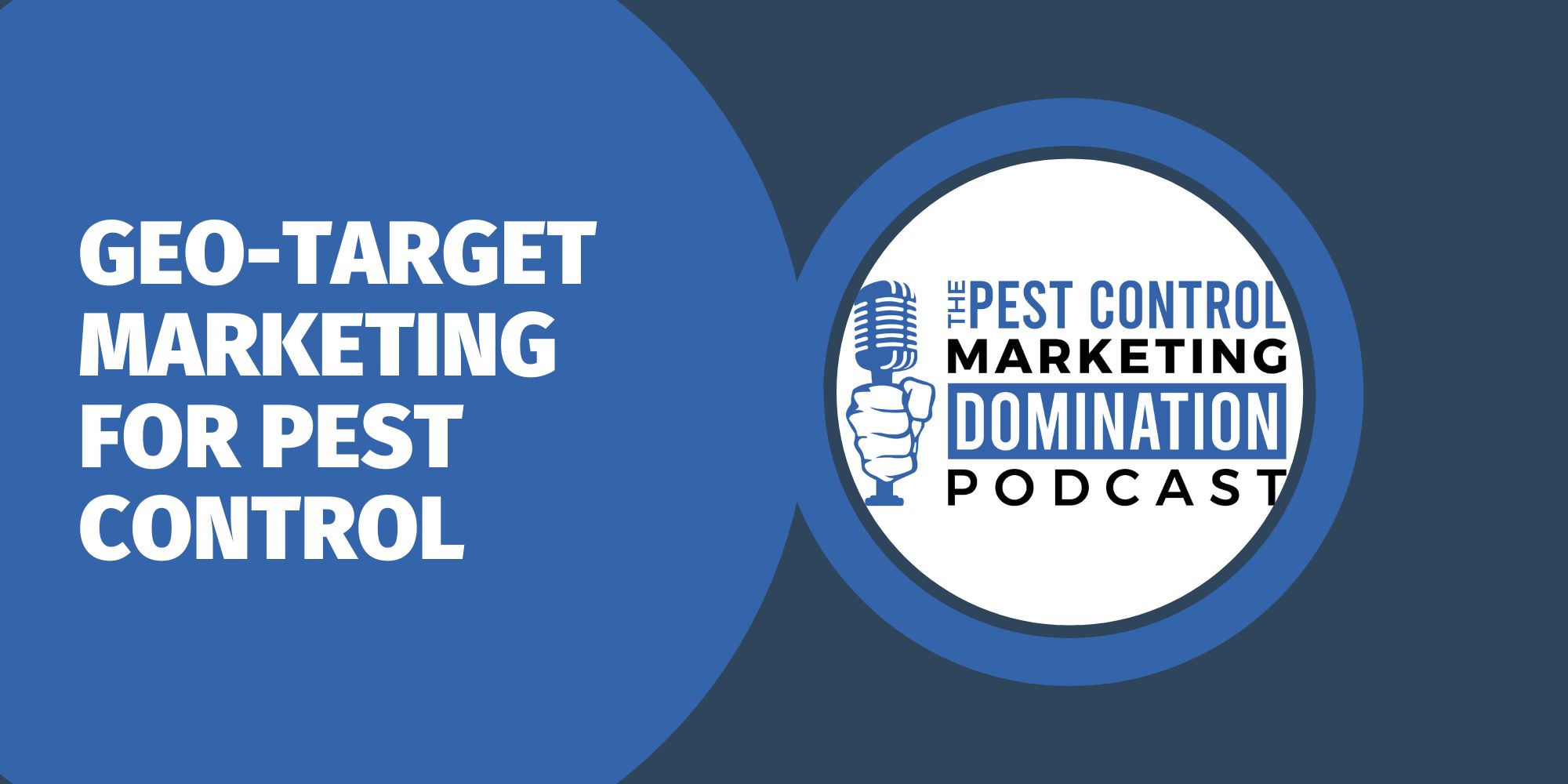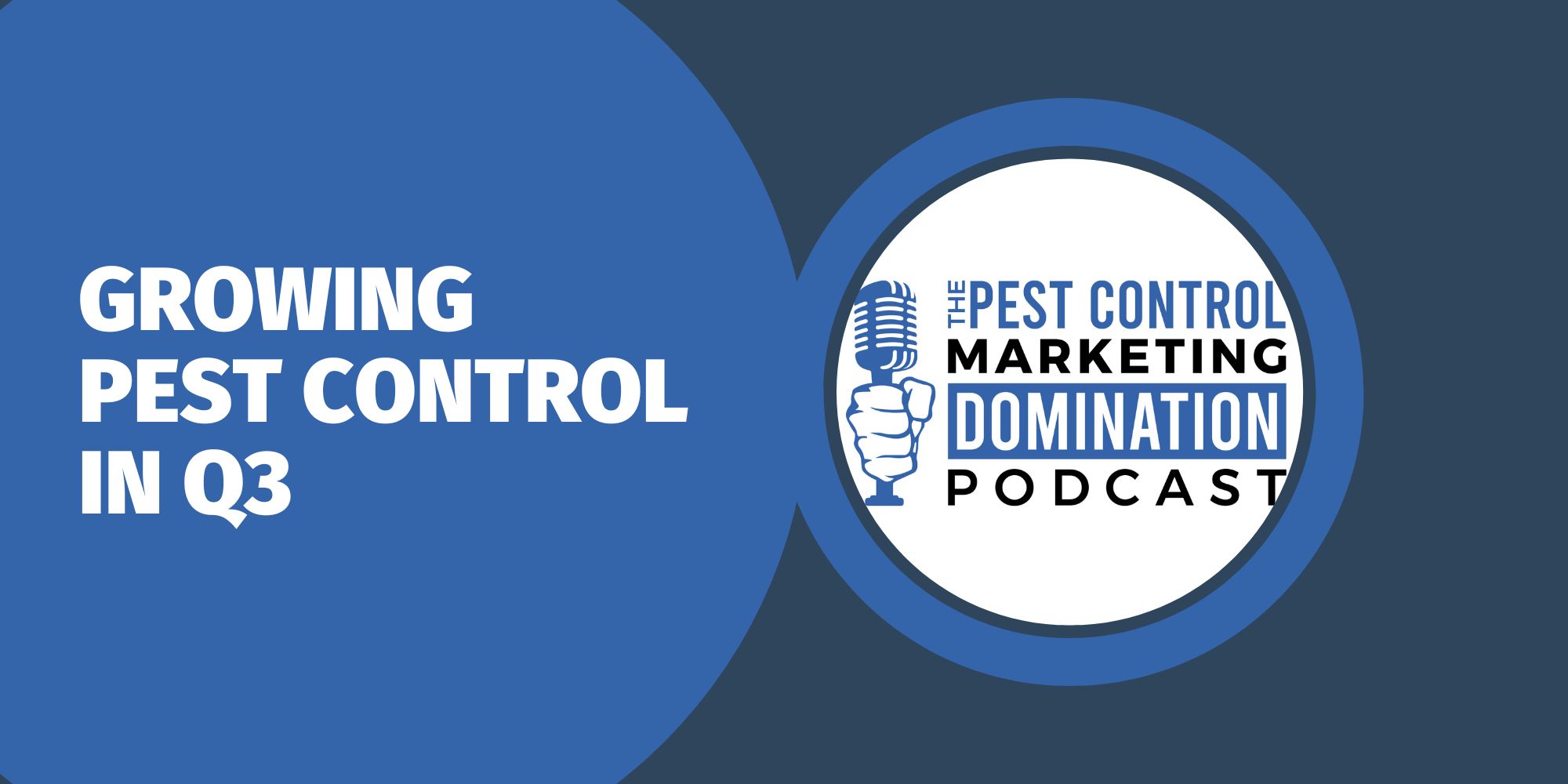Want more job leads, more service calls and more booked appointments? Then keep reading to learn 10 marketing secrets to grow your pest control business and exterminate the competition.
1. Create a Professional Website
This might seem like a no-brainer, but you would be surprised at how many pest control companies have websites that read like an old-fashioned brochure. Simply having a web presence is not enough this day in age. You should treat your website as an investment whose job is to generate leads and revenue.
This means you need a site that is not only functional but incorporates highly optimized site pages detailing all of the services you provide both by location and pest type. You need content on your website with highly targeted keywords that will attract quality prospects. Your pest control website should be optimized for mobile devices and help guide customers through the sales process. Essentially, your website should act as a top performing sales person.
2. Problem Solve with your Content
One of the biggest secrets to successful marketing is to act like you’re not selling anything at all. Customers want their pest problems solved, and your products and services are simply a means to an end. What you’re “selling” to readers of your content is your knowledge and expertise in the pest control industry. If you can help potential customers overcome their challenges, then you build trust, and they view you as an industry expert.
Think about it this way. It’s early summer, temperatures are rising, and people don’t want to be covered in bug bites from their backyard barbecues. Which content scenario provides more value to a potential customer doing a google search on “mosquito treatments that work”? A page on your website promoting a summer special with a price point similar to 5 other companies near them? Or a blog article titled “Mosquito Treatments that Work” comparing the longevity of DIY treatments versus professional treatments and links back to a landing page on your website with a contact form and promotional offer? Hopefully you agree the second option makes you stand out from the competition.
3. Know your Customer
Who are your customers? What’s important to them? These are questions you need to be able to answer to make sure your marketing efforts appeal to your audience. If you don’t understand who your ideal customers are, then you could be completely missing the mark on reaching them.
Creating buyer personas is an easy exercise you can do to better understand the needs and wants of your customers. Start by separating your residential customers from your commercial customers. Next, you’ll give your buyer persona a name. Then fill in demographic details–this might include gender, age, ethnicity, income, employment status, home ownership, etc.. Finally, cover interests and behavioral traits. By detailing out this information, it will help you understand their goals, pain points and buying patterns.
As you know, lead generation requires tailoring your marketing toward the right people. If you understand what motivates your customers, you can do a more efficient job of appealing to each group’s specific needs and expectations.
4. Optimize your SEO Campaign
What does it take for your pest control company to be the best at SEO (search engine optimization) in your local market? Focus on building a sufficient amount of topic-based content tagged geographically, and you will rank for it. The volume and quality of your content are the two factors that will make the biggest difference in your SERP (search engine results page) ranking.
You want to make sure you stay laser focused on your content and topic clusters. Let’s look at this using beetles as an example. First you would build your professionally optimized page specific to beetles. Then you would build out pages on specific beetle species with each page targeted to a single area. Finally you would create companion beetle related blog articles all linking back to the original beetle website page.
It may take some time for Google to reward you in the rankings, but over time, this strategy WILL pay off.
5. Consistent Action Equals Consistent Results
This leads us to the next marketing secret. Consistent marketing efforts bring in a consistent stream of leads. Building your brand online and ranking high in organic search results doesn’t happen overnight. It requires exposing your target audience to messaging, content and visual branding elements repeatedly. Posting new content regularly helps solidify brand recognition and builds trust with your prospects and customer base. You want your company to be top of mind when someone needs a solution to a pest problem.
6. Focus on your Local Market
Again, you might be thinking, what’s the secret here? Of course I want to focus on my local market. I can’t service a customer two states away! Keeping that in mind, do you have an effective strategy in place to target your regional audience? Most local small business customers come from word of mouth and online searches, so you want to make sure you have a good presence in these areas.
Here are a few ways you can make sure you’re reaching your local audience:
- Focus on local SEO
- Optimize your Google Business Profile
- Make your content relevant to your area
- Run hyperlocal social media ads
- Be active in your community
- Run social media contests and giveaways
- Partner with other local businesses
- Encourage your customers to leave reviews
7. Incorporate Customer Reviews into your Marketing Strategy
The best free advertising you can get is reviews from happy customers. It strengthens brand loyalty, converts more prospects and helps boost your SEO efforts. Make sure you’re incorporating positive reviews into your overall marketing strategy.
One way you can do that is by including reviews at the bottom of your site’s landing pages so visitors immediately see how happy others were with their pest control service. It will not only add value to your website but also gives your SEO efforts a boost.
To make sure customer reviews contain optimal keywords, you may need to ask very specific questions. For example, you could inquire, “Which service did you use and what did you like best about it?” When the customer is asked to identify a specific service, it will help them use the necessary keywords i.e. termite inspection, mosquito fumigation, rodent traps, etc. that are most beneficial for search engine results.
If you are running paid ads on Google, make sure to include your reviews. Google offers the option to use information from the review section of your Google Business Profile at no additional cost. To take advantage of this feature, make sure you’ve completed your Google Business Profile and all of your company information is accurate.
Finally, don’t shy away from negative reviews. It’s important to respond in a timely, professional way. If a customer’s experience with your company wasn’t optimal, learn from it and make it right.
8. Send Targeted Email Campaigns
Targeted email campaigns are way more effective than generic mass emails. To get the results you want, you need to make sure your audience is seeing the right message at the right time. You can accomplish this by using real-time customer data. If you have pest control customers with expiring maintenance plans, then your targeted message will be about renewal. You would send a different email message to customers with unsold estimates. You can segment your audience by zip code, age of home, date of last service, new homeowners, etc. to make sure you’re getting time-sensitive information in front of your prospects and customer base.
9. Integrate Videos into your Marketing
Ignoring video marketing is no longer an option if you want to get the most out of your marketing campaign. Audiences are spending an average of 19 hours a week watching videos online from smartphones or tablets. You have a huge opportunity to reach this audience, whether it’s with a how-to video, an educational video or a fun on-trend video to build your pest control company’s brand.
Social media is a driving force behind the growing popularity of videos, and it’s a great place to grow engagement with your audience. Statistics show 93 percent of brands received a new customer because of a video on social media, and 84 percent of people have been convinced to buy a product or service because of watching a video.
Don’t forget to add video to your website either! Videos will improve your SEO and give your website a boost on Google because they increase page quality and the time visitors spend on the page.
10. Measure your Results
Now that you’ve put time, effort and funds into a marketing campaign for your pest control company, it’s essential to track the return on your investments. Before your campaign kicks off, make sure you have a clear goal in mind of what you want to achieve. It’s important to set targets and determine which metrics you can measure to show whether or not the outcome is successful.
Here are some common KPIs (key performance indicators) you can monitor for each of your campaigns, regardless of the type, channel or medium:
- Cost per Win (Sale)
- Cost per Lead
- Conversion Rate
- Incremental Sales
- Customer Lifetime Value
- Website Traffic
- Customer Engagement
Finally, decide on a reporting timeframe. At the start of a brand new campaign, you may want to run reports once a week, so you can stay on top of any opportunities or issues that may suddenly arise. For ongoing campaigns, monthly reporting can highlight trends and allow you to find larger patterns in your data. Plus you can compare results to month over month and year over year analytics.












